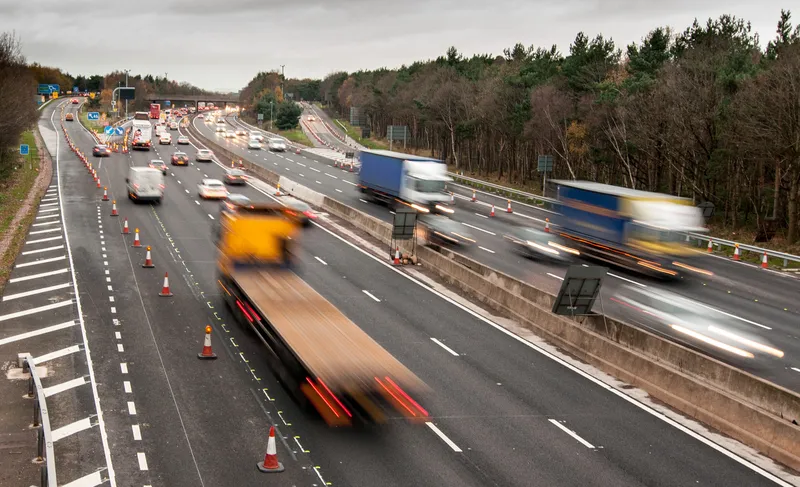Drivers in Washington State can now get real time travel information on Interstate 5 between Rochester and Tumwater. Six new traffic cameras have been installed as part of the I-5 Grand Mound to Maytown Stage 2 project, one of four projects funded by US$390 million from the 2003 and 2005 fuel tax packages to improve traffic flow and safety along an eighteen-mile stretch of I-5 in Lewis and Thurston counties. The new cameras not only give the 56,000 drivers who use this section of I-5 daily a real-time look
December 7, 2012
Read time: 2 mins
Drivers in Washington State can now get real time travel information on Interstate 5 between Rochester and Tumwater.
Six new traffic cameras have been installed as part of the I-5 Grand Mound to Maytown Stage 2 project, one of four projects funded by US$390 million from the 2003 and 2005 fuel tax packages to improve traffic flow and safety along an eighteen-mile stretch of I-5 in Lewis and Thurston counties.
The new cameras not only give the 56,000 drivers who use this section of I-5 daily a real-time look at road and travel conditions, they will also help the451 Washington State Department of Transportation (WSDOT) and the Washington State Patrol see what they are facing when responding to incidents in the area.
“We want people to know what conditions on this stretch of I-5 are like before they leave the house,” said WSDOT Olympic region administrator Kevin Dayton. “It’s all about keeping drivers informed so they can avoid possible delays.”
Motorists can also view state-wide travel alerts or download WSDOT’s mobile app for more real-time travel information.
Six new traffic cameras have been installed as part of the I-5 Grand Mound to Maytown Stage 2 project, one of four projects funded by US$390 million from the 2003 and 2005 fuel tax packages to improve traffic flow and safety along an eighteen-mile stretch of I-5 in Lewis and Thurston counties.
The new cameras not only give the 56,000 drivers who use this section of I-5 daily a real-time look at road and travel conditions, they will also help the
“We want people to know what conditions on this stretch of I-5 are like before they leave the house,” said WSDOT Olympic region administrator Kevin Dayton. “It’s all about keeping drivers informed so they can avoid possible delays.”
Motorists can also view state-wide travel alerts or download WSDOT’s mobile app for more real-time travel information.









